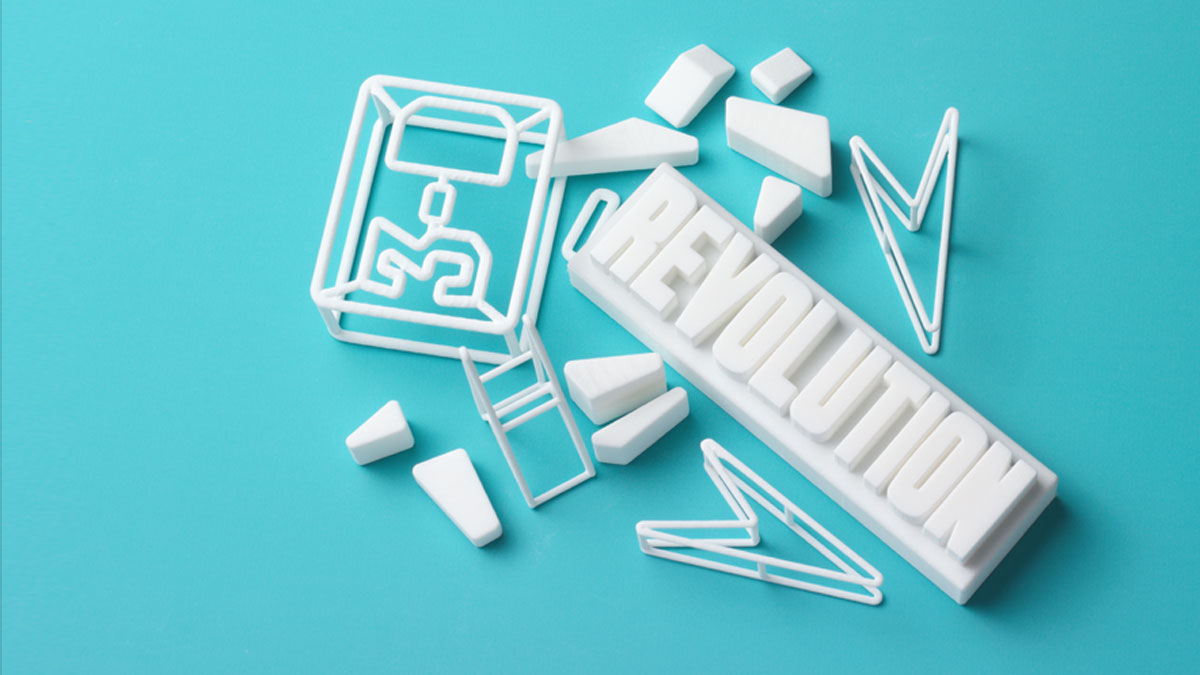In the realm of modern technology, few innovations have captured the imagination and potential for transformative change quite like 3D printing. From its humble beginnings as a niche manufacturing process to its current status as a disruptive force across a myriad of industries, 3D printing has revolutionized the way we design, produce, and distribute goods. In this extensive exploration, we delve into the history, applications, and future prospects of the 3D printing revolution, uncovering its profound impact on society, economy, and innovation.
1. The Birth of a Technological Marvel:
The roots of 3D printing can be traced back to the 1980s when Chuck Hull, the co-founder of 3D Systems Corporation, invented stereolithography, a revolutionary method for creating three-dimensional objects layer by layer from digital models. This breakthrough laid the foundation for what would become the 3D printing revolution, marking the beginning of a new era in manufacturing and prototyping.
2. Unleashing Creativity and Innovation:
One of the most compelling aspects of 3D printing is its ability to democratize innovation and empower individuals and businesses to bring their ideas to life. With the advent of affordable desktop 3D printers and user-friendly design software, creators and entrepreneurs can now prototype and iterate on their designs rapidly, bypassing traditional manufacturing constraints and reducing time-to-market.
3. Transforming Industries Across the Board:
The impact of 3D printing extends far beyond the realm of prototyping, reaching into virtually every sector of the economy. In aerospace and automotive industries, 3D printing is revolutionizing manufacturing processes by enabling the production of lightweight, complex parts with enhanced performance characteristics. In healthcare, 3D printing is driving breakthroughs in personalized medicine, prosthetics, and organ transplantation, offering new hope to patients and practitioners alike.
4. Sustainability and Environmental Benefits:
3D printing holds the promise of a more sustainable future by minimizing material waste, reducing energy consumption, and enabling localized production. Unlike traditional subtractive manufacturing methods, which generate significant waste in the form of excess material, 3D printing builds objects layer by layer, using only the materials needed for the final product. Additionally, 3D printing can facilitate on-demand manufacturing, eliminating the need for large-scale production runs and reducing inventory stockpiles.
5. Challenges and Limitations:
Despite its transformative potential, 3D printing still faces several challenges and limitations that must be addressed to realize its full impact. Issues such as material limitations, slow production speeds, and high costs remain significant barriers to widespread adoption in certain industries. Moreover, intellectual property concerns and regulatory hurdles pose challenges to the widespread adoption of 3D printing technology.
6. Future Outlook and Emerging Trends:
As 3D printing continues to evolve and mature, new innovations and trends are reshaping the landscape of additive manufacturing. Advancements in materials science, such as the development of bio-compatible and sustainable materials, promise to expand the range of applications for 3D printing in fields like healthcare and construction. Furthermore, the rise of digital manufacturing platforms and distributed production networks is paving the way for a decentralized and customizable future, where goods are designed, produced, and distributed on-demand, tailored to the needs of individual consumers.
7. Ethical and Societal Implications:
The 3D printing revolution raises important ethical and societal questions that must be addressed as the technology becomes more pervasive. Concerns about intellectual property rights, product safety, and workforce displacement require careful consideration and proactive measures to ensure that 3D printing benefits society as a whole. Additionally, questions of accessibility and equity must be addressed to ensure that the benefits of 3D printing are accessible to all, regardless of socioeconomic status or geographic location.
8. Conclusion:
In conclusion, the 3D printing revolution represents a paradigm shift in the way we conceive, create, and consume goods. By harnessing the power of digital design and additive manufacturing, 3D printing has the potential to reshape industries, accelerate innovation, and empower individuals to realize their creative visions. As the technology continues to evolve and mature, it is imperative that we navigate the challenges and opportunities of the 3D printing revolution with foresight, responsibility, and a commitment to harnessing its full potential for the benefit of humanity. With bold vision and collaborative effort, we can unlock the boundless possibilities of 3D printing and usher in a new era of creativity, sustainability, and prosperity for generations to come.
